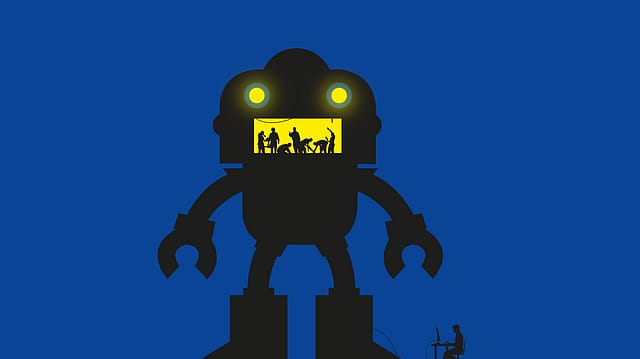75% Indian desk workers adopt AI and automation to drive productivity
ADVERTISEMENT

In the age of hybrid work culture, there is much discussion regarding workplace efficiency and productivity. Especially given the disruption caused by Covid-19, several companies have struggled to adapt to the new employer-employee dynamics of the workplace in terms of performance and productivity. Nonetheless, they are bridging the gap with lightning speed by adopting AI and automation to drive productivity.
"We have a market that's grown organically in India; India is the third largest adopting country in the world in terms of our free platform and our end user adoption," Derek Laney, Slack technology evangelist, APAC, Salesforce tells Fortune India.
Moreover, Slack's 'State of Work 2023' reveals that 75% of the Indian professionals surveyed have adopted AI tools and automation to boost productivity, and that automation can save employees up to an entire working month per year - freeing up their time for more meaningful, impactful work.
The report, based on a survey of more than 2000 Indian desk workers, uncovered that AI and automation capabilities have the potential to streamline and optimise repetitive, time-consuming tasks, allowing Indian desk workers to focus on higher-value, strategic work.
"What we see are some very different numbers compared to what's happening in the rest of the world," adds Laney.
December 2025
The annual Fortune 500 India list, the definitive compendium of corporate performance, is out. This year, the cumulative revenue of the Fortune 500 India companies has breached $2 trillion for the first time. Plus, find out which are the Best B-schools in India.
From the point of view of business leaders and companies, the numbers for adopting AI are slightly lower than 75% as technology adoption has been driven by end-user enthusiasm and only now it is maturing to the point where companies are adopting it in a safe way.
"End-user adoption is huge in India," Laney points out.
Data from International Data Corporation (IDC) further shows that the digital transformation market in India is likely to reach 85 billion by 2026. As the country aims to reduce costs and increase efficiency along with increasing its security and risk capability, there will be big spending in this area.
However, the Slack report also undiscovered some pain points for the industry. 71% of the surveyed business leaders feel immense pressure from their company's management to squeeze more productivity out of their teams.
It is interesting to note, however, that company leaders and employees both look at productivity quite differently. Leaders look at productivity as showing up to a meeting, depicting more visibility online while employees are much more focused on output driven productivity.
"Leaders are a little slow to change, and struggling to use these new technologies in a safe and secure way for their companies," opines Laney. "Managers are saying that keeping their team motivated is now their top productivity challenge," he adds.
Another barrier to productivity that has come up for desk workers in India is spending too much time in meetings and responding to unproductive emails which is generated by a culture of performative work. 32% of their time is spent on performative work, says the report.
"We call this productivity theatre," informs Laney.
This phenomenon refers to creating the appearance of productivity because it feels like that's what leaders want. The result is that employees lose focus from getting their job done and spend 32% of their time in only performative tasks.
What employees in India are now seeking is flexibility and a setting that promotes inclusivity and collaboration. A workplace setting that empowers them to strike a better work-life balance is in high demand.
